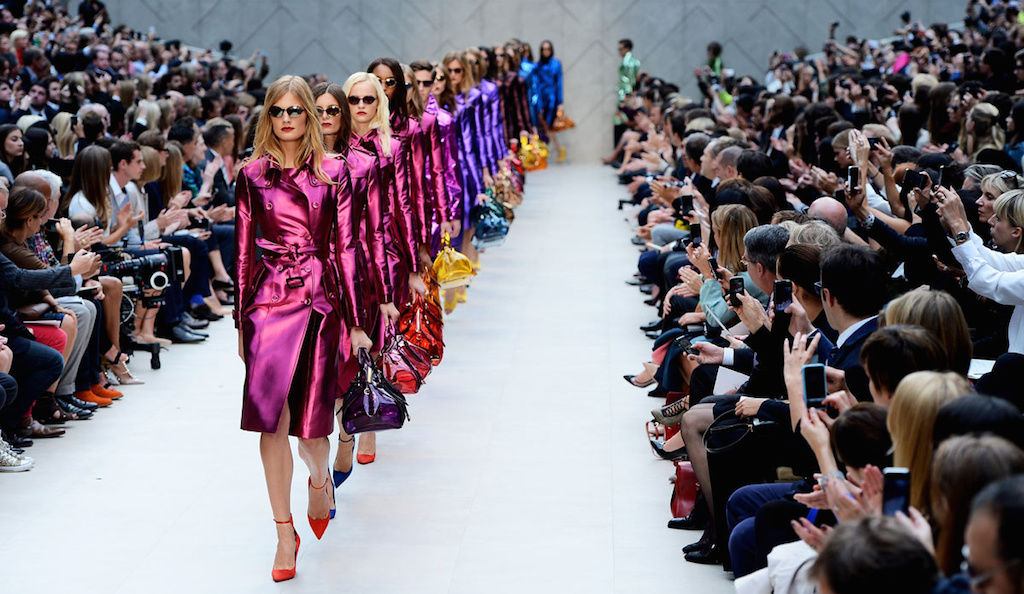"Exploring Fashion Trends and Personal Style"
Fashion style is a course that explores the history, evolution, and impact of fashion on society. Students will learn about the different styles and trends that have emerged throughout history, as well as the cultural, social, and economic factors that have influenced them. Through a combination of lectures, discussions, and hands-on projects, students will gain a deeper understanding of the fashion industry and its role in shaping our world. Topics covered may include fashion design, marketing, sustainability, and the intersection of fashion with other industries such as art, music, and technology. By the end of the course, students will have a comprehensive understanding of fashion style and its significance in our global society.
English
Last updated
Thu, 02-May-2024






